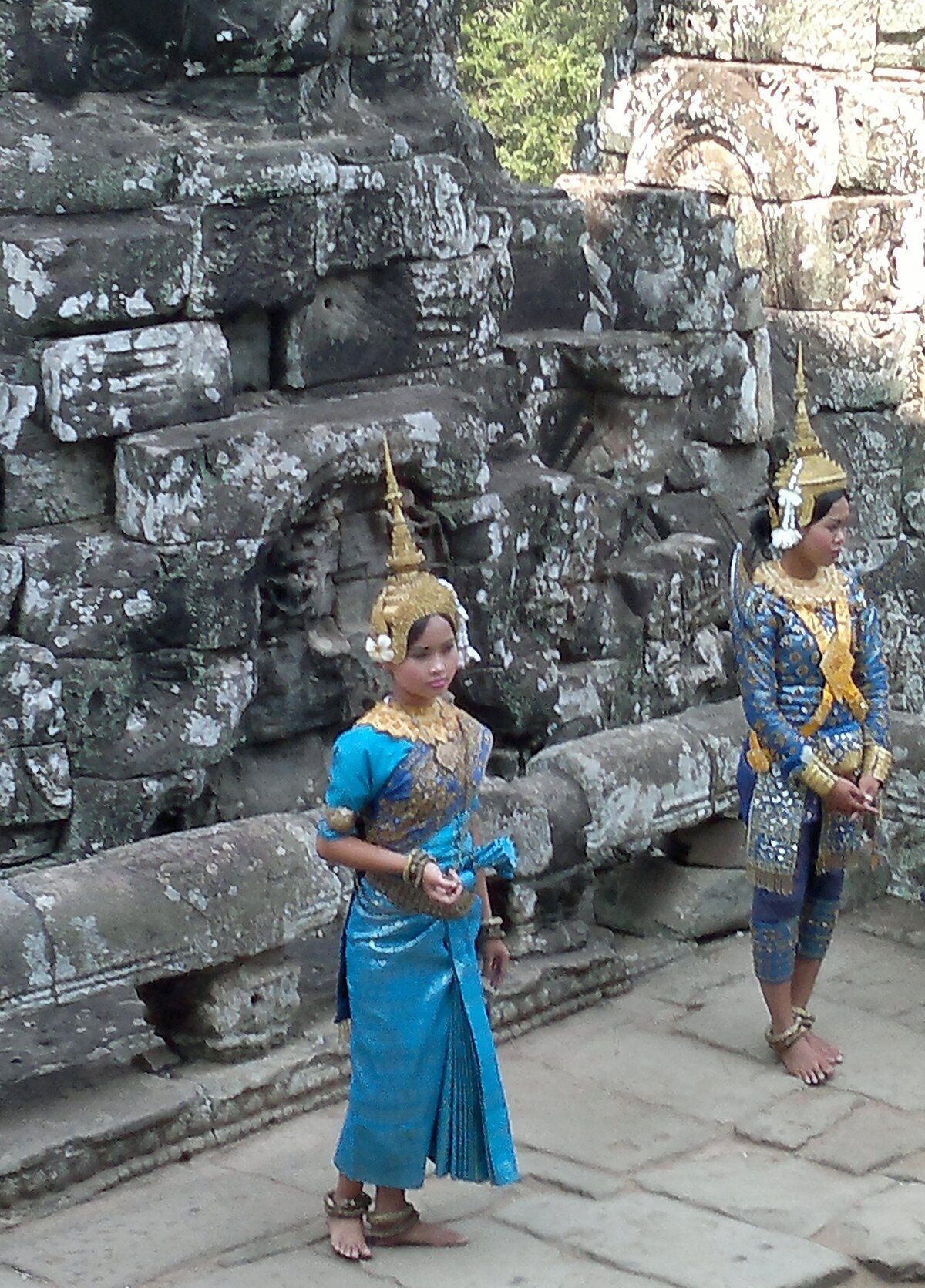The PĀŚUPATA Sect in Ancient Cambodia and Champa
by Swati Chemburkar & Shivani Kapoor

Publication: Vibrancy in Stone, ed. Trần Kỳ Phương, Võ Văn Thắng, Peter D. Sharrock, River Books
Published: 2018
Authors: Swati Chemburkar & Shivani Kapoor
Pages: 16
Language : English
From bas-reliefs at the My Son Temple, Indian researchers Swati Chemburkar and Shivani Kapoor retrace the presence of an ascetic sect in pre-Angkorian and Angkorian eras, finding religious practices also depicted at Bayon and Angkor.
This detailed study is a fascinating approach to the religious life at the times when Khmer syncretism was still in the making, and to how ascetic sects from the Indian subcontinent adapted to the South East Asian cultural terrain.
Among many intriguing aspects of the Pasaputa sect in Cambodia, note the authors, "sometimes, these ascetics are depicted in the company of women/dancers as seen at Phnom Rung, Angkor Wat, or Bayon temple. What are they doing with women? Are they owners or teachers of these women/dancers?¨
- On Champa art, read also Swati Chemburkar's review of Vibrancy in Stone.
Tags: religion, Indian influences, Khmer history, women, dance, Champa
About the Authors

Swati Chemburkar
Course Director at Benaras Hindu University, Mumbai, Swati Chemburkar studies the interconnection between Khmer arts and Indian civilization.
An architect and historian, she teaches Southeast Asia art history at the Jnanapravaha Institute in Mumbai. Swati Chemburkar has done several field researches in Cambodia, in particular at Banteay Chhmar.

with photographer Paisarn Piemmettawat in Banteay Chhmar (from Banteay Chhmar, Peter D. Sharrock Editor, 2015)

Shivani Kapoor
Shivani Kapoor is an independent researcher and a professor at Benaras Hindu University, Mumbai, India, specializing in archaeology and history of Southeast Asia.
In 2015, Ms. Kapoor taught a course on 'Understanding Southeast Asia in the Light of Marine Archaeology'. Her research focuses on the Pasupata tradition in Cambodia, in particular the development of the iconography of Lakulisa, acknowledged as the founder of this religious tradition, in the Indic sphere and its probable influence on the iconography of the ascetic figures in Cambodian sculptures and reliefs.
